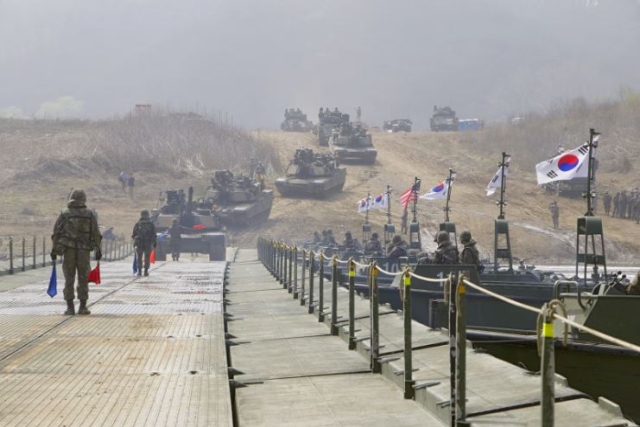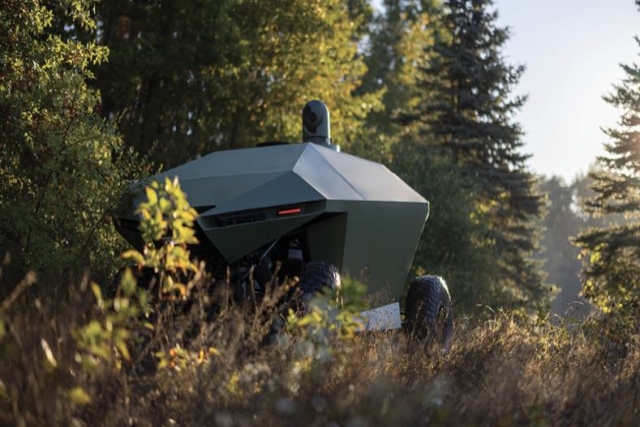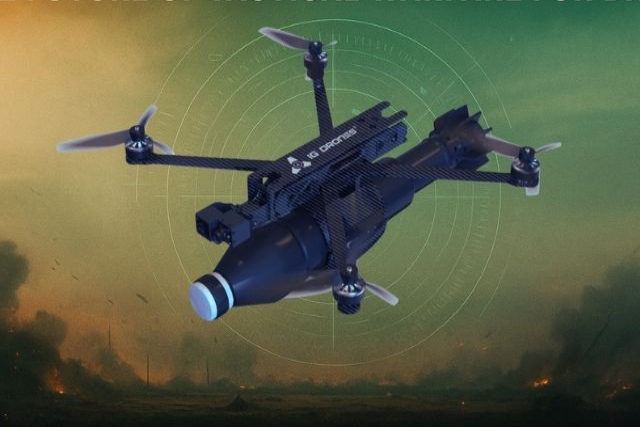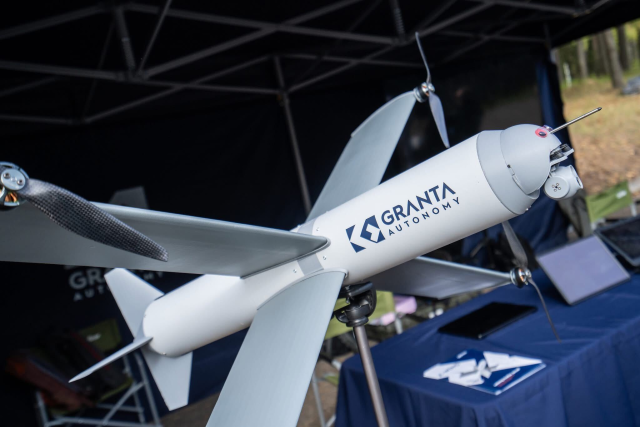Korean Army Deploys Self-Propelled Crossing Equipment for Enhanced Mobility
This technology is aimed at facilitating the rapid crossing of river obstacles by mobile units.

The Defense Acquisition Program Administration (DAPA) has announced the deployment of Korean self-propelled crossing equipment to the Army's 7th Mobile Corps crossing group.
This marks the first deployment of this technology, aimed at facilitating the rapid crossing of river obstacles by mobile units.
The Korean self-propelled crossing equipment, known as KM3, combines an amphibious vehicle with a pontoon bridge structure, enhancing operability compared to existing systems like the ribbon pontoon bridge. This deployment is part of a broader strategy, with plans to equip the 7th Mobile Corps by 2027 and subsequently extend the deployment to regional corps and the Marine Corps.
In August 2021, Hanwha Aerospace secured a contract to localize Germany's M3 self-propelled crossing equipment through technical cooperation. This effort has been instrumental in promoting the localization of critical crossing technology.
KM3 stands out due to its operability, reducing installation time by 60-70% and the number of required operators by up to 80%. This efficiency aligns with the military's Defense Innovation 4.0 initiative. Despite its German origins, the KM3 boasts enhanced protection, improved safety features, and operational convenience. Notably, it includes anti-icing heating mats, air conditioning, heating devices, front/rear cameras, and thermal imaging cameras for optimal performance in cold weather conditions.
Localization efforts have been significant, with over 90% of the KM3's 1,382 components, including hull structures, pump jets, and pontoons, being produced domestically in collaboration with 42 local companies such as Heungil Enterprises.
The DAPA aims to secure core technologies for key components like water hull design and propulsion systems, which are expected to have substantial technological ripple effects on future projects such as the Ribbon Bridge System (RBS)-II.









